Transcendental Meditation for Beginners: A Step-by-Step Start Guide
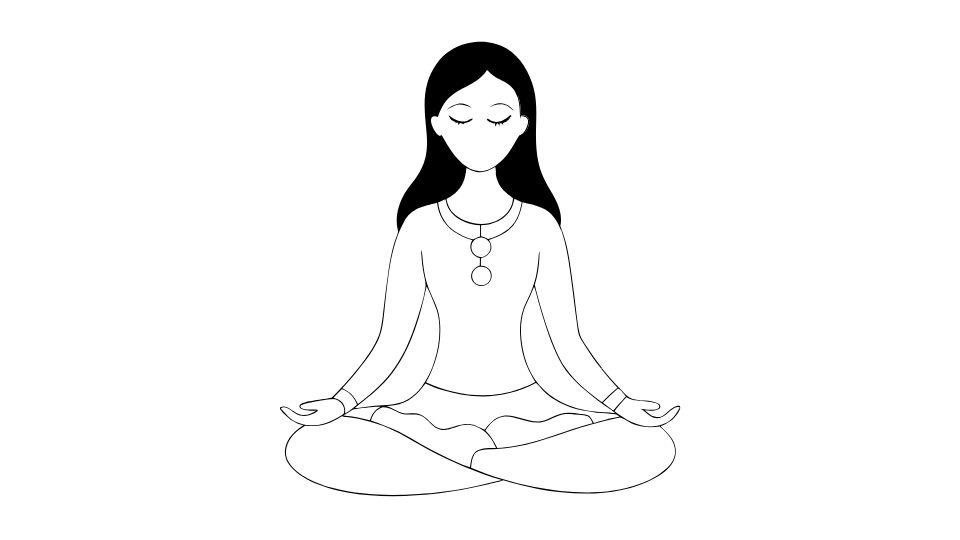
Ever wonder why people are so obsessed with Transcendental Meditation?
You’ve probably seen celebrities like Jerry Seinfeld, Hugh Jackman, and Oprah swear by their twice-daily TM practice. Maybe you’ve heard claims that it reduces stress, improves sleep, and makes you more creative.
But what exactly is this meditation style, and is it actually worth the hype?
Let’s dive into the wild world of Transcendental Meditation – what it is, the benefits, and most importantly, how to start practicing it.
What is Transcendental Meditation?
Transcendental Meditation isn’t your average “clear your mind” meditation.
Developed by Maharishi Mahesh Yogi in the 1950s, TM is a specific technique that uses a personalized mantra (a special sound or word) that you repeat silently to reach a state of “pure consciousness.”
Unlike mindfulness meditation where you’re trying to be present and aware, in TM you’re actually trying to transcend normal thinking altogether.
It’s basically like finding the “off switch” for your busy brain for 20 minutes twice a day.
The Science-Backed Benefits
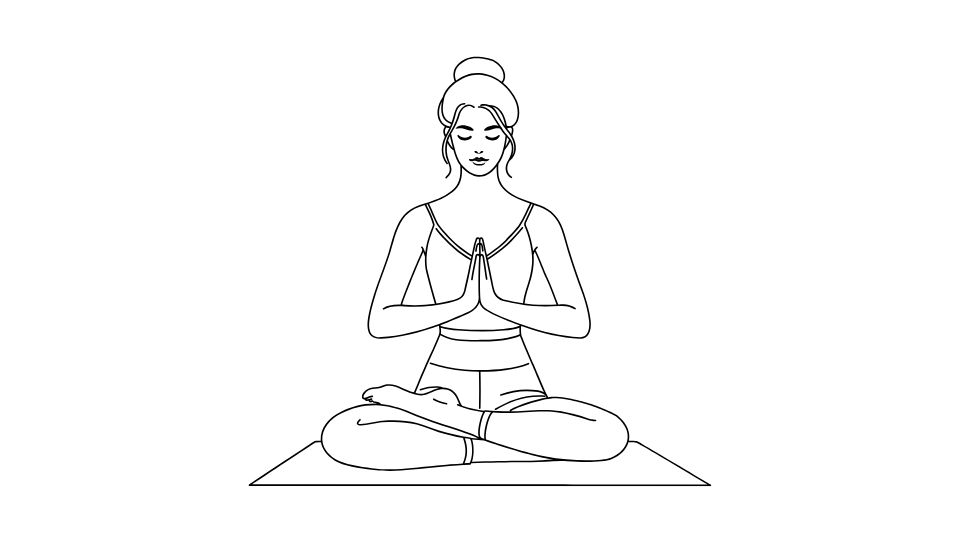
Before you dismiss this as some hippie nonsense, you should know that TM is one of the most heavily researched meditation techniques out there.
Reduced Stress and Anxiety
Studies show that regular TM practice significantly reduces cortisol (the stress hormone) and activates your body’s relaxation response. One study found that TM reduced anxiety by 48% compared to other techniques.
Better Sleep
If you’re tossing and turning at night, TM might help. It reduces cortisol while increasing serotonin production, which can lead to better sleep quality without medication.
Brain Power Boost
Regular practitioners show improved memory, focus, and creativity. Your brain literally functions better when you give it those twice-daily breaks.
Physical Health Improvements
Lower blood pressure, reduced risk of heart disease, and stronger immune function have all been linked to consistent TM practice.
More Energy
Many practitioners report feeling more energetic and alive after starting TM. Makes sense – when you’re not wasting mental energy on stress and worry, you have more to spend on living your life.
For more detailed information on how TM impacts health, check out WebMD’s overview on TM benefits.
How to Practice TM
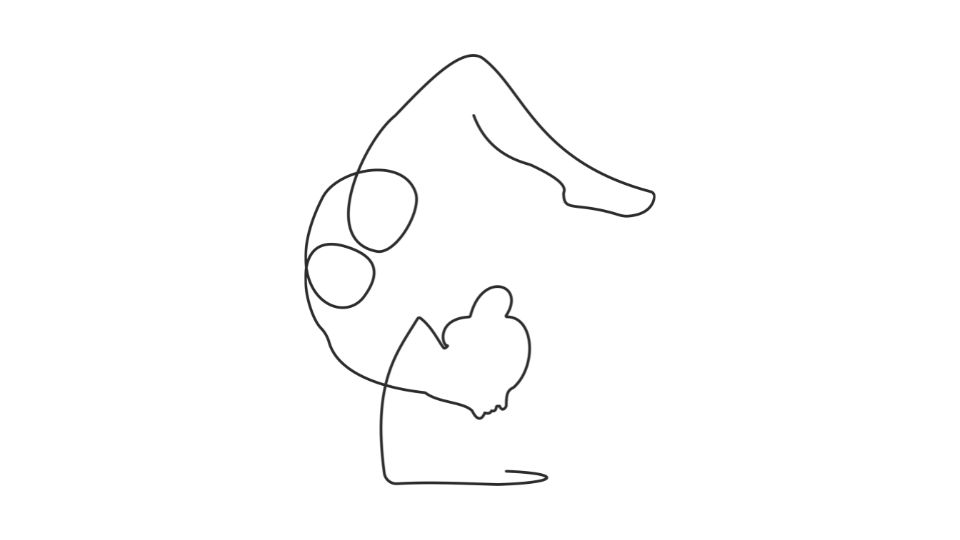
Step 1: Get Comfortable
Find a quiet spot where you won’t be bothered. Sit in a comfy position with your back supported – no need for any weird lotus positions here. A chair works perfectly fine.
Step 2: Set The Mood
Turn off your phone (yes, completely off). Maybe light a candle if you’re feeling fancy. The goal is to minimize distractions.
Step 3: Close Your Eyes and Breathe
Take a few deep breaths to settle in. Nothing complicated, just breathe normally after those initial deep breaths.
Step 4: Use Your Mantra
This is the special sauce of TM. You need a personal mantra, traditionally given by a certified TM teacher. You repeat this mantra silently in your mind without forcing or concentrating hard.
The mantra works like a vehicle that naturally takes your attention inward, beyond the surface level of thinking.
To learn more about the technique, visit TM Organization’s official website.
Step 5: Let Thoughts Come and Go
Your mind will wander – that’s normal and expected. When you notice you’ve drifted away from your mantra, gently bring your attention back to it. No judgment, no frustration.
Step 6: Practice Consistently
The recommended dose is 20 minutes, twice a day. Once in the morning (before breakfast) and once in the afternoon (before dinner).
Finding a Legit Teacher
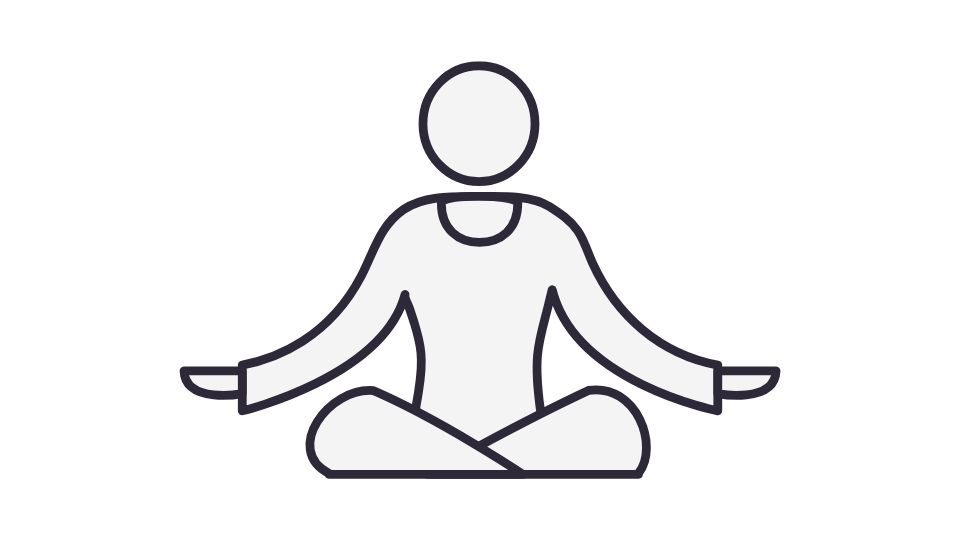
Here’s the tricky part – traditional TM is taught by certified teachers through a specific course structure.
The official TM organization charges for instruction (usually around $500-1000), which includes:
- A personal mantra selected specifically for you
- One-on-one guidance
- Follow-up sessions to ensure you’re practicing correctly
Is this necessary? Hard to say. Some people have great results learning from books or apps, while others benefit from personalized instruction. For a personal experience with TM, check out Sameer Bajaj’s take.
FAQ
Q: Do I absolutely need a teacher?
While traditional TM requires a certified teacher, many people practice mantra meditation successfully without formal training. The key is consistency.
Q: What if I can’t sit still for 20 minutes?
Start with 5 minutes and gradually increase. Most people find it gets easier with practice.
Q: Is this a religious practice?
No. While TM has roots in Vedic traditions, the practice itself is completely secular and requires no specific beliefs.
Q: How long until I see benefits?
Many people report feeling calmer after their very first session, but the more profound benefits typically show up after a few weeks of consistent practice.
Q: Can I practice TM lying down?
It’s not recommended. You’re more likely to fall asleep, which is nice but not the same as meditation.
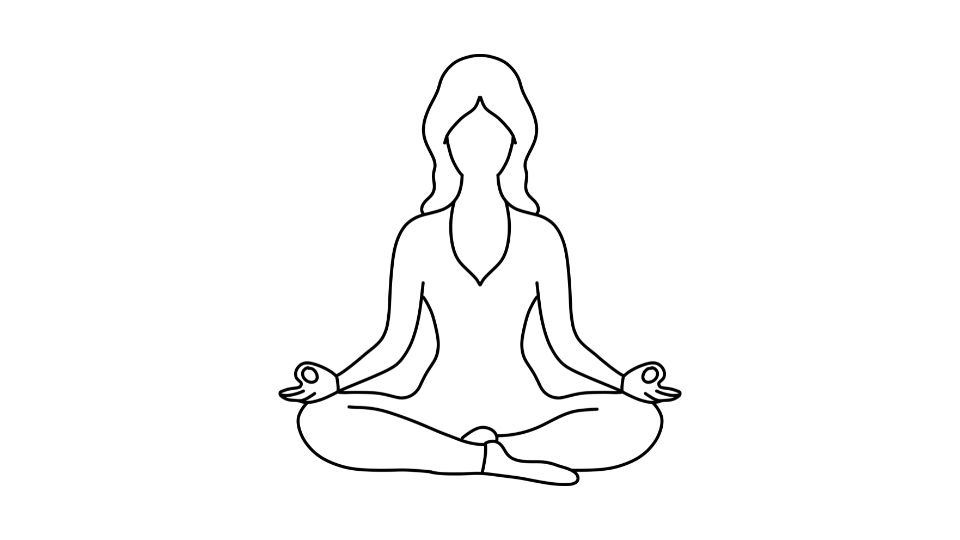
For further reading on how TM impacts cardiovascular health, you might want to explore research findings on PubMed.
Transcendental Meditation isn’t some magical cure-all, but the evidence suggests it’s a powerful tool for mental and physical wellbeing. By giving your mind those twice-daily breaks from the chaos of normal thinking, you’re essentially hitting the reset button on your nervous system.
Whether you choose to learn from a certified teacher or explore mantra meditation on your own, the most important factor is consistency.
Like exercise, the benefits come from regular practice, not occasional attempts. So if you’re looking for a science-backed way to reduce stress and improve your overall quality of life, TM might be worth a try.
At LifeCrossTraining, we provide resources on various wellness practices. For more on mindfulness and meditation, check out our article on Mindfulness Techniques for Stress Reduction. Additionally, if you’re interested in exploring other forms of meditation, see our piece on
